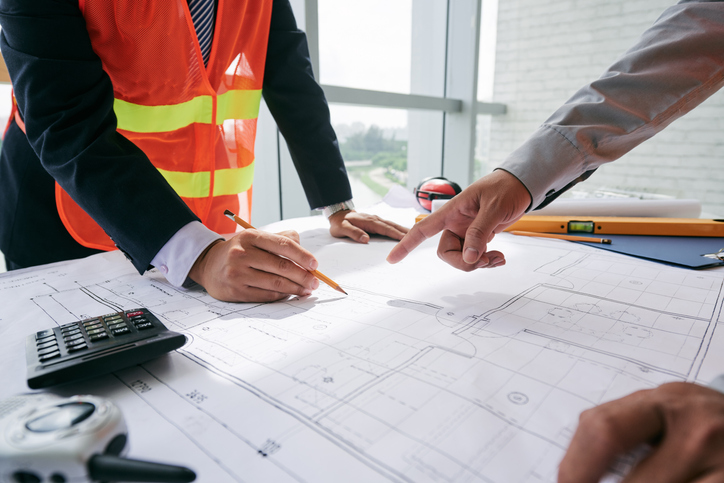Despite advances in safety technology, construction remains one of the world’s most dangerous occupations.
Nowhere does this become more vivid in the public imagination, than when there’s a spectacular construction failure. Unfortunately, such spectacular failures happen regularly, and represent only a small portion of the thousands of injuries and deaths that occur on construction sites and in other workplaces every year.
Here are 2 major construction failures that have been in the news this year, and how they represent widespread safety issues.
Hard Rock Hotel and Casino in New Orleans Collapses
Killing 3, Injuring 30, and Costing the City More Than $6 Million
On October 12, 2019, a Hard Rock Hotel under construction near the French Quarter in New Orleans, LA, collapsed, killing 3 and injuring 30. The immediate response to the disaster cost the city more than $6 Million, and costs continue to escalate.
Being recent, the disaster is still under investigation, but it’s possible to begin drawing a few conclusions from what we know so far. At least one worker on the job recognized that something wasn’t right, and reported the hazard. Delmer Joel Ramirez Palma was taking measurements during construction and noticed discrepancies between one side of the building and the other that indicated it was not level. Over several days, he noticed the measurements changing, indicating that the structure was moving. He reported his findings, but, according to reports, was told to continue working. When the building collapsed, Ramirez fell two stories and was injured.
A disaster like this can begin as early in the construction process as the initial plans. Poor engineering, mistaken calculations, and design issues can cause or contribute to the problem. The disaster can also begin later in construction, with choice of materials or poor workmanship on the project. It may be due to overly zealous cost-cutting or overly ambitious innovations without appropriate safety precautions.
Regardless of the cause, a contributing factor to these disasters very often is a failure to follow appropriate procedures for noting and responding to potential hazards as they arise. Had the project followed appropriate hazard communication and response procedures, the disaster might have been mitigated by listening to reports from workers on the site and responding appropriately.
Florida International University Pedestrian Walkway Bridge Collapses
Killing 6 and Injuring 10
On March 15, 2018, a pedestrian bridge under construction at the Florida International University collapsed, killing 6 and injuring 10. The 174-foot bridge was designed to prevent pedestrians from having to cross a busy highway. Its collapse crushed eight vehicles, seven of which were occupied.
Because the project has been under investigation for longer, more is understood about the many factors that led to its failure. A report from the National Traffic Safety Board pointed to “a complex series of events and failings by parties at multiple stages of the project,” and specifically named several parties for their failings, including FIGG Bridge Engineers, the primary engineering firm on the project.
“FIGG Bridge Engineers severely underestimated the demand on the bridge, significantly overestimated the bridge’s capacity… among other calculation errors,” NTSB Chairman Robert Sumwalt said, as reported in USA Today. “But another structure failed in this accident, the structure of public safety oversight.”
As in the case of the Hard Rock cafe collapse, there is also evidence that warnings from site workers were ignored. A report from the U.S. Occupational Safety and Health Administration (OSHA) says that at least one worker alerted engineers of extensive cracking, and that those warnings were ignored.
While mistakes are common and understandable in the complex process of construction, failure to develop and follow appropriate hazard communication and other safety standards can lead to tragic consequences, as seen in both of these examples, and in less sensational stories that occur on a daily basis on construction sites all over the country.
Our firm is devoted to the safety and health of workers everywhere. Our teams are expert at helping organizations develop appropriate safety standards are communication plans that keep their projects on track and their workplaces safe and healthy. We would love to work with you on your next project. Contact us today.



